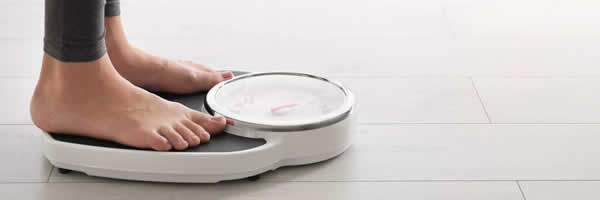With some signs of the warm weather finally approaching and the London Marathon just complete, it’s that time of year where people are starting to consider taking up running of some form. However, for a lot of people it is just a passing thought and in reality they firmly believe that they ‘cannot run’. Not true, as long as you are injury free and running does not cause you any physical issues, anyone can take it up. Apart from the fact that it is free to do and easy to track and progress, anyone of any fitness level can start somewhere.
In order to keep yourself on track with your running goals a good idea may be to book yourself onto a 5km event. There are many available 5km races to sign up for across the country and having this target in mind will help to keep you on track. This is a good entry point to running for most people where the distance is one that everyone should be able complete, how hard it is depends on how much you want to push yourself. Different people may be starting at different stages in regards to looking at running their first 5km. We will start from the beginning and initially look at ways to help people get into running for the first time whilst making sure they feel comfortable doing so. Below are three easy to follow tips to get yourself started and build yourself up into an eventual run.
POWER WALKING
If you feel uncomfortable running or your fitness levels do not allow you to run for a very long period of time then start off with power walking. Power walk for as long as you can and then slowly but surely each week try to increase your amount of time walking or your distance walked. An example to follow would be:
| Week One | Power walk for 10-15 minutes, 2-3 times per week. |
| Week Two | Power walk for 15-20 minutes, 2-3 times per week. |
| Week Three | Power walk for 20-25 minutes, 2-3 times per week. |
| Week Four | Power walk for 25-30 minutes, 2-3 times per week. |
Once you feel ready to progress from power walking into running, a good place to start would be intervals. Rather than jumping straight into running for a long period of time, start by alternating walking and running. Only run for an amount of time you feel comfortable initially, whether it is 10, 20 or 30 seconds or even longer. An example to follow would be:
| Week One | (Walk for 30 seconds, run for 30 seconds, 5-10 times), 2-3 times per week. |
| Week Two | (Walk for 30 seconds, run for 30 seconds, 10-15 times), 2-3 times per week. |
| Week Three | (Walk for 30 seconds, run for 30 seconds, 15-20 times), 2-3 times per week. |
| Week Four | (Walk for 30 seconds, run for 30 seconds, 20-25 times), 2-3 times per week. |
Once you have built up a good number of intervals each time you go out and you feel comfortable progressing to the next step then it may be time to cut the walking out and focus on just building up the running. Again, start basic and initially just run for a steady pace for as long as you can and track the distance or time you run for. Slowly over time try to build up the distance or time you are running for each week. An example to follow would be:
| Week One | Run a slow steady state pace for 5-10 minutes, 2-3 times per week. |
| Week Two | Run a slow steady state pace for 10-15 minutes, 2-3 times per week. |
| Week Three | Run a slow steady state pace for 15-20 minutes, 2-3 times per week. |
| Week Four | Run a slow steady state pace for 20-25 minutes, 2-3 times per week. |
Now we are at the stage of running comfortably for a prolonged period of time, it is time to focus a bit more on running the specific 5km distance and potentially look at improving your time over the distance. Below is an example to follow:
| Week | Mon | Tue | Wed | Thu | Fri | Sat | Sun |
| One | Rest | 1km Run | Rest | Run 8 mins, Walk 2 mins x 3 sets |
Rest | 2km Run | Rest |
| Two | Rest | 2.5km Run | Rest | Run 14 mins, Walk 3 mins x 2 sets |
Rest | 3km Run | Rest |
| Three | Rest | 3.5km Run | Rest | Run 20 mins, Walk 4 mins x 2 sets |
Rest | 4km Run | Rest |
| Four | Rest | 4.5km Run | Rest | Run 28 mins, Walk 2 mins x 1 set |
Rest | 5km Run | Rest |
Try to ensure you allow a rest day in between each run in order for you body to recover. The longer two days rest at the end of each week on Sunday and Monday are also important for your body to recover and avoid any over training or injury.
All the above plans are just basic recommendations to follow. If any of these seem too daunting or too much to get in during the week then don’t give up, there are so many more options out there to get you into running, you just need to find the one that suits you. Other options that may be better suited could be; phone apps (in the modern day we are obsessed with our phones, so what better way to track progress or find a 5km program than an app. There are so many different apps out there for people of all fitness levels, again it is just finding the one that is right for you) or running clubs (with running becoming more popular there are more running clubs around than ever before, and surrounding yourself by others in the same boat as you could motivate you to help each other along your running journey).
Whichever route you chose to go down just make sure your journey into running does last long enough for it to be labelled a journey. Get yourself outside, enjoy the weather and achieve something that merely seemed a thought at the start of reading this article.














